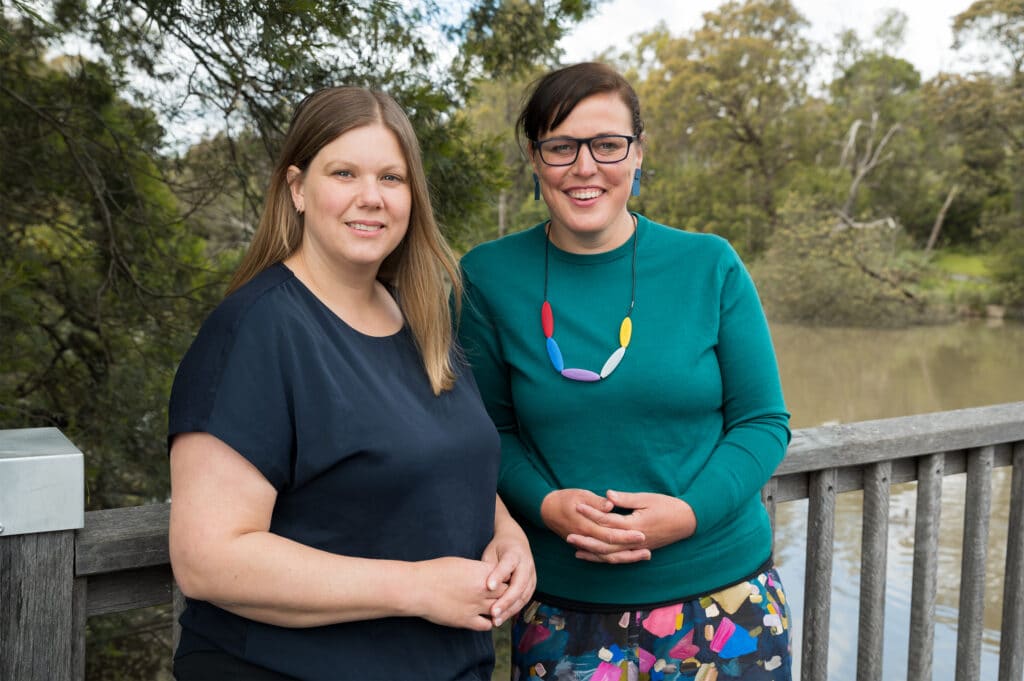Every time we start to feel as if we are gaining solid ground in the movement towards gender equality, we wake to yet another tragic headline of a woman killed by someone she knows.
The annual number of family and intimate partner violence-related deaths equates to an average of one woman killed every week. And much like the figures in 2022, this year we are set to surpass those numbers with five women killed in the last 10 days.
With everything else happening in the world, you would be forgiven for having to turn away in self-preservation. The reality that each of these numbers represents a human being; one whose life was taken too soon — is sometimes too much to bear.
But is that not what the perpetrators of these crimes want us to do? Turn away. Ask no questions. Take no action. Seek no justice.
We spend our days working with Australian workplaces, both in the public and private sector, to accelerate gender equality. Whether that be through training programs on how to be an active bystander, conducting audits of a company’s gender pay gap, or applying an intersectional lens to policies on parental leave, sexual harassment, and yes — family violence.
While you might be wondering how much of an impact a piece of paper, or a policy, on equal pay and sexual harassment in the workplace can have on preventing women from dying. And it’s a fair question. But what we know is that violence against women happens on a spectrum, and in the words of Our Watch CEO, Patty Kinnersley: sexist, disrespectful jokes and comments do matter; that put-downs and controlling behaviour do cause harm, and that these all contribute to an environment in which men’s violence against women is more likely.
By its very nature, violence against women, and gender equality more broadly, are complex issues to address and they require far more than a linear solution. As Katherine Berney, Executive Director of the National Women’s Safety Alliance, published on this very platform in the last few days:
“We keep asking for the national culture change piece. How will this be prevented? Whose job is it? How are we reaching grassroots communities? Who is the target audience for these messages?”
Like any complex and multifaceted issue, if it was easy to solve – we would have done it by now. Instead there must be a suite of initiatives — at all levels of society — working in tandem with policy change to create the kind of meaningful and transformative systemic cultural change that saves women’s lives.
As Berney says, the key to being successful is collaboration. And while it might feel far removed, sitting in an office developing a policy for family violence leave, we know all too well that the death of each of these women creates a devastating ripple effect throughout families, kinship networks, communities, and yes — workplaces.
Each of these headlines serve as a stark reminder that we still have a long way to go, and that each of us has a role to play in creating a safer and more equal world for people of all genders.
As we approach yet another 16 Days of Activism Against Gender-Based Violence campaign — may this be the one that the penny finally drops on taking action at all levels, wherever we are, and however we can.
The 16 Days of Activism against Gender-Based Violence is a global campaign led annually by UN Women. It runs every year from 25 November (the International Day for the Elimination of Violence Against Women) to 10 December (Human Rights Day).

